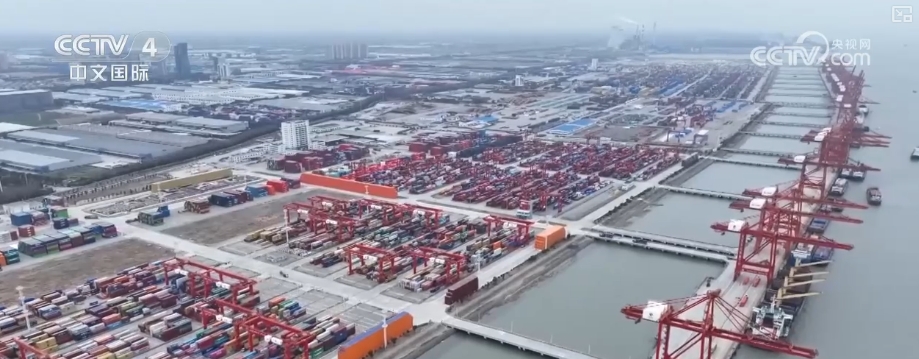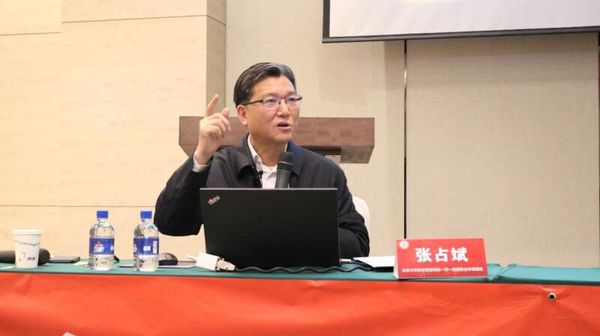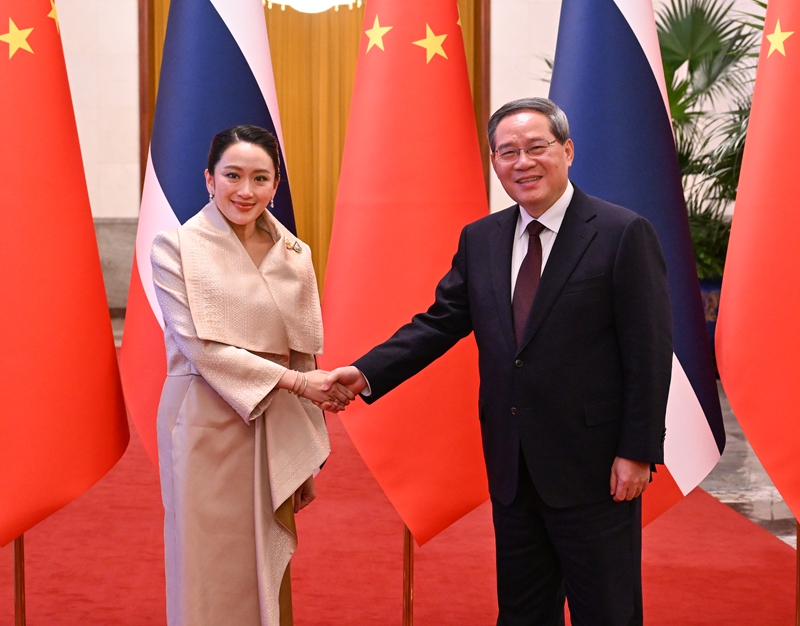In 2024, Our Province's GDP Accounts For More Than 40% Of The Total Volume In The Yangtze River Delta
In 2024, Our Province's GDP Accounts For More Than 40% Of The Total Volume In The Yangtze River Delta
Jiangnan Times (Reporter Zhang Jiaojiao) The main flow water quality of the Jiangsu section of the Yangtze River has maintained Class II for seven consecutive years, with the proportion of ecological coastline increasing to 64.5%. 20 cross-river channels have been built in the province.
Jiangnan Times (Reporter Zhang Jiaojiao) The main flow of the Yangtze River has maintained Class II for seven consecutive years, with the proportion of ecological coastline increasing to 64.5%. 20 cross-river channels have been built in the province, and traffic arteries are injecting continuous vitality into economic development... On the morning of September 29, the Jiangsu Provincial Government Information Office held a series of theme press conferences on "Resolutely shouldering the responsibility of the economic province to shoulder the main responsibilities". The Provincial Development and Reform Commission, the Provincial Department of Transportation and other departments and relevant local officials introduced the theme of "leading ahead in implementing major national development strategies".
In recent years, Jiangsu has actively explored new paths of strategic coordination, regional sharing and industrial linkage, promoted the integrated development of the Yangtze River Economic Belt and the Yangtze River Delta, strengthened the docking with national strategies such as coordinated development of Beijing-Tianjin-Hebei, and the construction of the Guangdong-Hong Kong-Macao Greater Bay Area, deeply integrated into the high-quality joint construction of the "Belt and Road", and strived to better play a hub and drive role in serving the construction of a new development pattern.
Shen Jianrong, director of the Provincial Development and Reform Commission, introduced that since the integrated development of the Yangtze River Delta has risen to a national strategy, the total economic output of the entire Yangtze River Delta has increased from 21.15 trillion yuan in 2018 to 33.17 trillion yuan in 2024, accounting for 24.7% of the national proportion, equivalent to one-quarter. In 2024, Jiangsu achieved a regional GDP of 13.7 trillion yuan, accounting for 41.3% of the total Yangtze River Delta. There are 9 trillion-level cities in the Yangtze River Delta region, and 5 in Jiangsu.
We will strive to promote the construction of the intersection of the "Belt and Road" in depth and practical ways. "From January to August this year, Jiangsu's imports and exports to the country jointly built 1.91 trillion yuan, an increase of 10.3%, accounting for 49.9% of the total import and export value of the province. We vigorously promote the construction of land-sea channels, and build a total of 10 10 10 tons of ports, and open a total of 89 foreign trade near and ocean routes. All 9 transportation airports in the province have achieved Class I port opening, and have been approved to build the Lianyungang-Xuzhou China-Europe Railway Express Assembly Center." Shen Jianrong said.
In order to continuously improve the functions of the Yangtze River urban agglomeration, Jiangsu issued and implemented the new three-year action plan for Ningzhenyang, promoted the urbanization development of Nanjing, Suxi, Xi, Changzhou metropolitan area, empowered the construction of Nanjing Jiangbei New District with policy innovation, and strengthened the cross-river integrated development of Sutong, Xi, Changzhou and Tai. Shen Jianrong introduced: "In 2024, the contribution rate of the Yangtze River urban agglomeration to the province's economic growth reached 76.7%. At the same time, we have promoted the coordinated development of the inter-junction area of Jiangsu, Anhui, Shandong and Henan provinces and the construction of Xuzhou regional central city. Xuzhou's total economic output has always remained above 20%, and cross-administrative regions cooperation and development have been deepened."
Transportation is connected to production on one end and consumption on the other end, which is the artery of the national economic cycle. In recent years, Jiangsu has seized major national strategic opportunities and continued to improve the modern comprehensive three-dimensional transportation network. During the 14th Five-Year Plan period, the province's transportation infrastructure construction is expected to complete investment of more than 1 trillion yuan, which is 1.6 times that of the 13th Five-Year Plan.
Ling Yaochu, a first-level inspector of the Provincial Department of Transportation, introduced: "Jiangsu's highway development has always been at the forefront of the country. As of the end of 2024, the mileage of highways in the province reached 5,232 kilometers. In recent years, we have also completed a number of expansion projects such as the Xinyi to Jiangdu section of the Beijing-Shanghai Expressway, with a cumulative expansion mileage of 699 kilometers. The mileage of highways in the province and six lanes or above ranks second in the country. In addition, the province's ordinary national and provincial highways are about 14,000 kilometers, of which about 80% are first-class highways (79.1%), ranking first in the country."
The issue of crossing the river has always attracted widespread attention from all walks of life. Ling Yaochu introduced: "In the past few years, the construction of cross-river channels in our province has accelerated. At present, the province has built a total of 20 cross-river channels and 9 under construction. Especially this year, the Ningyang Yangtze River Bridge and Changtai Yangtze River Bridge have been completed and opened to traffic. The Nanjing Xianxin Road cross-river channel will be completed and opened to traffic within the year. The main projects of Jiangyin Jingjiang Yangtze River Tunnel and Nanjing Jianning West Road cross-river channel have been built, and the counties (cities) across the river have been connected."
The energy level of the aviation hub is effectively improved. "The nine transportation airports planned in the province have been fully implemented, achieving a 90-minute drive from ground transportation to cover all counties (cities). In 2024, the province's airport passenger, cargo and mail guarantee capacity will reach 72.94 million passengers and 1.711 million tons. The preliminary work such as the third phase of Nanjing Lukou Airport project is being accelerated." Ling Yaochu said.





